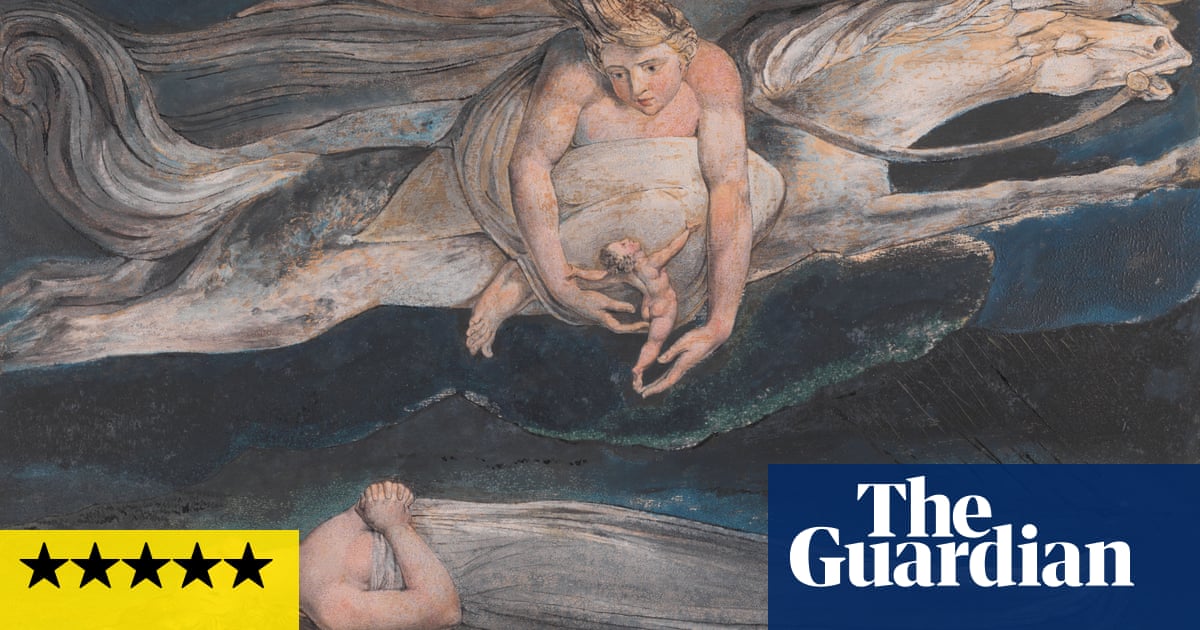The focus in this post is a single writer, and artist, and takes us beyond literature.
I’ll start with the hymn ‘Jerusalem’. William Blake’s poem, in Hubert Parry’s musical setting, has become an unofficial English national anthem, sung at international sports fixtures, by the Women’s Institute and is the only hymn guaranteed to get a rousing sing-along anywhere. Yet Blake would probably be a bit puzzled at such appropriation, as it is quite a seditious poem. Have you ever wondered why it would take such extreme weaponry – chariots of fire, arrows of desire, and a sword to build Jerusalem?
Take a look at this brief analysis of the poem for more.
|
Dr Oliver Tearle’s reading of Blake’s classic poem ‘Jerusalem’ is one of the most famous hymns around, a sort of alternative national anthem for England. Yet the poem on which Hubert Parry based his hymn, although commonly referred to as ‘William Blake’s “Jerusalem”’, is actually from a much larger poetic work titled Milton a Poem…
interestingliterature.com
|
Blake was a radical, revolutionary figure living in a troubled and rapidly changing age as is explained by Ian Sinclair, as he explores the historical background to his writings. Watch the short film here.
As literature students, we know Blake primarily as a poet, with his The Songs of Innocence and Experience the most widely studied text. The poems are apparently simple, but the balance between the parallel poems in the two books develops a strong social and political awareness. Students of the poems, though, lose out if they don’t look at their original context, as all the poems were originally presented in calligraphy within a printed plate of Blake’s artwork. The British Library houses an original copy and you can see some of the plates online, to see how the artwork affects the words and vice versa.
|
William Blake was an artist, poet, mystic, visionary and radical thinker. Working at a time of great social and political change, his work explores the tensions between the human passions and the repressive nature of social and political conventions. In Songs of Innocence and of Experience, perhaps …
www.bl.uk
|
Tate Britain is mounting a large exhibition of Blake’s art at the moment, running until February, showing his radical, challenging vision. It has received some rave reviews.
|
5 / 5 stars 5 out of 5 stars. Fall into his cosmos and see things Blake’s way … Pity, c 1795, by William Blake (1757-1827). Photograph: Lucy Dawkins/Tate Britain The poster for Tate Britain …
www.theguardian.com
|


